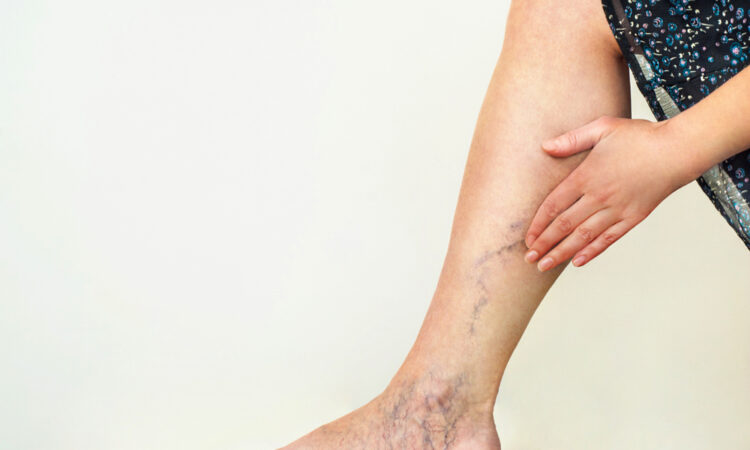
Varicose veins develop in your feet and legs. They can happen to anyone, however, they are more common in women than men. Besides being a cosmetic concern, varicose veins may indicate a vascular health problem. They may not cause any symptoms at times, but you may still need medical evaluation. The radiofrequency ablation Venice specialist uses minimally invasive techniques to treat and eliminate varicose veins. Keep reading to learn how you can get rid of varicose veins using radiofrequency ablation.
What is radiofrequency ablation?
It is a non-invasive technique involving using radiofrequency energy to clear varicose veins. The treatment involves your provider using a needle and a catheter to transfer radiofrequency energy to the vein. The heat seals off the blood flow in the vein.
Radiofrequency ablation takes 30-45 minutes. The procedure happens as you lie on a medical table. The treatment begins as your provider administers anesthesia to the damaged vein.
Then using ultrasound, they place a tiny needle in the vein with a catheter. Your provider then inserts a catheter through the needle into the affected vein. After putting it in the right position, they guide it backward as it releases the heat allowing the vein to seal off.
Reasons you may need radiofrequency ablation?
Your provider at Florida Lake Vein Center recommends radiofrequency ablation to eliminate varicose veins.
The veins result from circulatory problems that make them swell and become tender. Varicose veins bulge out on your skin and may appear twisted and discolored. Usually, they appear blue, red, or purple.
Their appearance may not be pleasing, making you feel insecure.
Varicose veins are likely to occur in middle-aged or older individuals. Typically, they occur due to damaged or weakened valves that allow blood to flow back to your leg veins rather than to the heart. The accumulation of the blood in your veins leads to the development of varicose veins.
At first, they may only be an aesthetic problem, but with time varicose veins may cause discomfort, including pain and leg aching. When not treated, varicose veins may worsen to become venous ulcers.
What to expect after a radiofrequency ablation procedure?
After the end of your treatment, your vascular specialist takes out the catheter and puts some pressure on the insertion site to shut out bleeding. They also put a compression stocking over your leg.
After your treatment, your provider sends you home with some instructions to adhere to enhance your healing. It’s essential to do the following;
- Care for the catheter insertion site
- Keep your legs elevated while sitting down
- Wear bandages
- Take a walk a few times a day
In addition, it’s essential to avoid heavy lifting, intense exercises, standing for extended periods, and air travel. You may also want to avoid hot baths or whirlpools.
You start noticing results a few days after your treatment. Complete healing occurs after 2-3 weeks.
Varicose veins may not seem like a severe issue, but when not treated, they may cause health complications. Radiofrequency ablation is an effective medical treatment for varicose veins, restoring your health quality. Call Florida Lakes Vein Center today to book your appointment.

